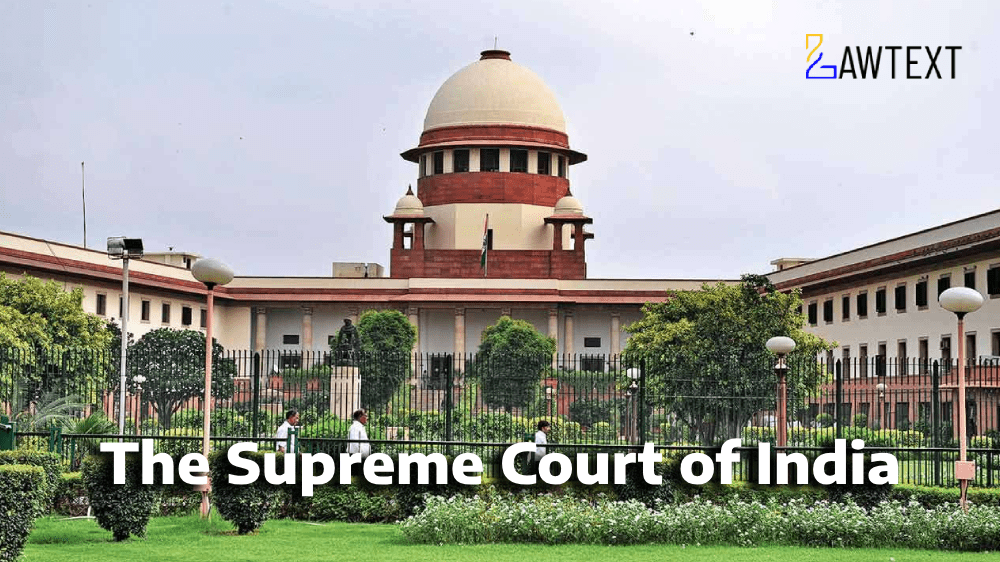

The Supreme Court of India acquitted the appellant due to insufficient and unreliable evidence regarding his identification and involvement in the crime. The prosecution failed to prove beyond reasonable doubt that the appellant was involved in the murder, assault, and other charges laid against him, citing crucial gaps in the evidence and procedural lapses.
Indian Penal Code, 1860:
Arms Act, 1959
Explosive Substances Act, 1908
Indian Evidence Act, 1872
The appeal challenged the Kerala High Court’s judgment, which partially allowed the appellant's conviction, reducing his sentence for attempted murder but upholding his life sentence for murder. The appellant, Suresh @ Unni, was convicted under various sections of the IPC, Arms Act, and Explosive Substances Act. The court had convicted him despite doubts about his identification and motive.
On March 6, 2006, an unlawful assembly entered a video shop to kill the owner, Ajeesh (PW-2). The deceased, Kapil, intervened and was fatally stabbed. The assailants attacked PW-2, hurled bombs, and fled. The appellant was arrested in 2008, accused of being part of the attack. The prosecution's case was built on witness testimony, forensic evidence, and the recovery of weapons.
The defense argued that the identification of the appellant by PW-1 and PW-2 happened for the first time in court, without any prior Test Identification Parade. There was no evidence that the appellant was previously known to the witnesses, which raised doubt about the identification's reliability. Additionally, police had shown the appellant to the witnesses, potentially influencing their testimony.
The prosecution attributed the primary motive of the crime to Accused No.1-Jaison, who had personal enmity with PW-2’s family. The appellant, Suresh, had no specific motive connecting him to the crime, which weakened the prosecution’s case.
The court questioned the reliability of the evidence, particularly the iron rod recovered two years after the incident. The rod, alleged to have bloodstains, was found in an open place, exposed to weather conditions, making it doubtful that the bloodstains would have remained intact after such a long period.
The charge-sheet initially referred to the appellant as ‘Unni’ and later as ‘Suresh alias Vadi Suresh’. This discrepancy, combined with the identification concerns, raised the possibility of mistaken identity.
The Supreme Court concluded that the prosecution failed to prove the appellant’s involvement beyond reasonable doubt. The failure to conduct a proper identification parade, the lack of a clear motive, and the dubious recovery of evidence all contributed to the appellant’s acquittal. The court emphasized that the conviction solely based on an in-court identification, after several years without a Test Identification Parade, is insufficient for maintaining a conviction.
The court stressed the importance of procedural correctness, especially in criminal cases involving severe penalties like life imprisonment. Identification of the accused for the first time in court, several years after the crime, without a Test Identification Parade, cannot be solely relied upon to convict an accused. Additionally, evidence recovered long after the crime and exposed to the elements may lack probative value.
Criminal Appeal, Murder, Identification of Accused, Acquittal
Faulty Identification, Criminal Appeal, Kerala High Court, Unlawful Assembly
Citation: 2024 LawText (SC) (4) 301
Case Number: CRIMINAL APPEAL NO. OF 2024 [Arising out of Special Leave Petition (Criminal) No.1414
Date of Decision: 2024-04-30
Case Title: Suresh @ Unni @ Vadi Suresh Versus State Of Kerala
Before Judge: (B.R. Gavai, J ; Sandeep Mehta, J)
Advocate(s): A. Sirajudeen, Manjeet Chawla, Usha Pant Kukreti, Alim Anvar, Nishe Rajen Shonker, Anu K. Joy
Appellant: Suresh @ Unni @ Vadi Suresh
Respondent: State Of Kerala